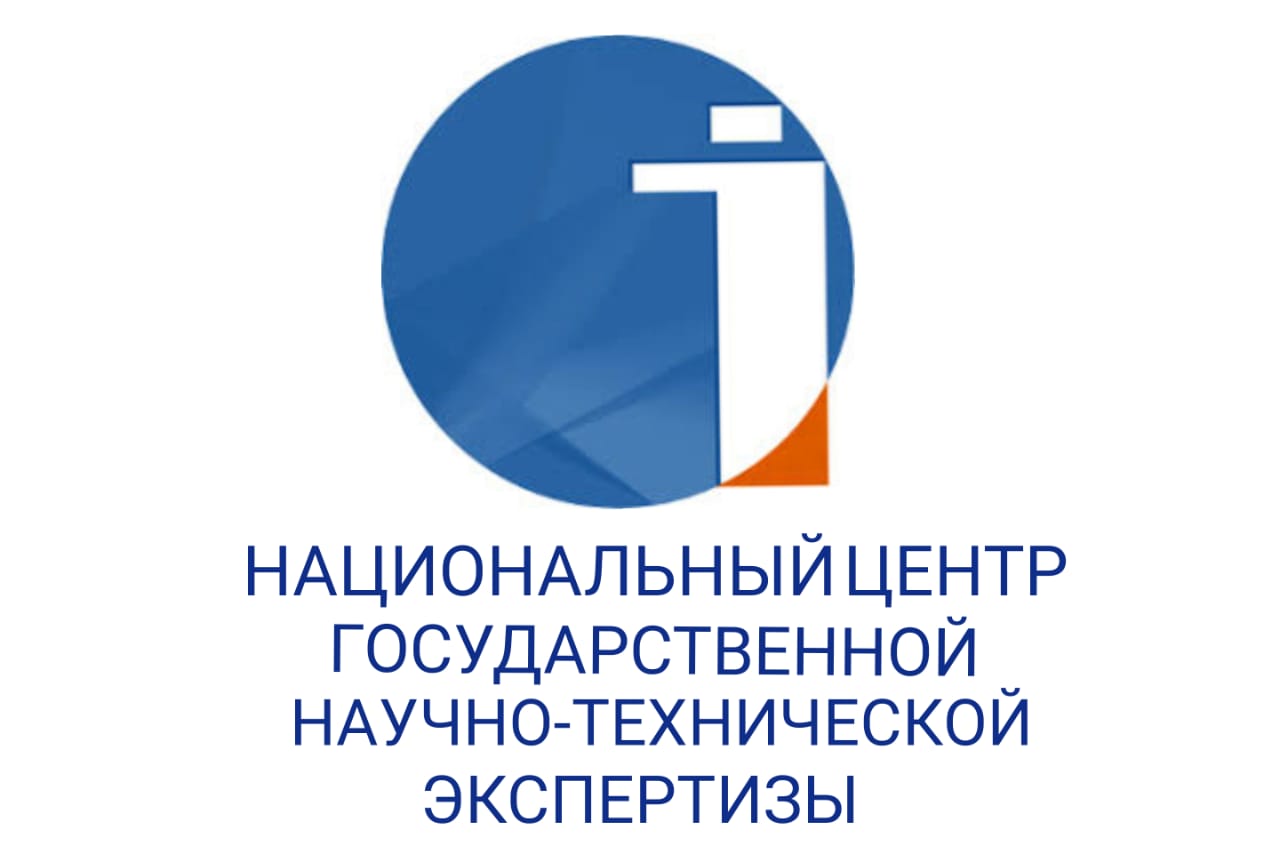MAGICAL REALISM IN FICTION (BASED ON KAZAKH AND FOREIGN LITERATURE)
DOI:
https://doi.org/10.48371/PHILS.2024.72.1.034Keywords:
fiction, magical realism, postmodernism, science fiction, Kazakh and world literature, national value, myth, GothicAbstract
Today, the concept of human value has become more complex, influencing realistic approaches by incorporating irrational and mystical elements into artwork. The interpretation of real-life phenomena through mythical motifs and fantastic elements has influenced on the development of a new literary direction in the twentieth century – magical realism. The article aims to explore the historical stage of magical realism in the context of modern literary processes and examine the amalgamation of realistic and fantastical, magical and irrational elements for a comprehensive understanding of their impact on humanity. The methodical development stage of magical realism, its distinctions, and its specificity compared to other literary directions are systematically examined in a scientific context.
In the research, a comparative approach, hermeneutical analysis, and the psychoanalytic method of exploring the relationship between the hero and the author were employed. The analysis delves into the role of time and space in representing reality and scrutinizes the manifestation of symbolic details.
The relevance of the research lies in the fact that, despite the widespread use of magical realism in world literature, works containing magical elements in Kazakh literature were often classified as mythical. The article systematically analyzes the application of the magical realism method, highlighting differences and features compared to Gothic, mystical, and fantastic genres. Furthermore, the article explores the historical development of magical realism and its current status.
The scientific significance of the study is rooted in the analysis of the approach and historicity of magical realism in the works of individual authors in both world and Kazakh literature. The research material includes theoretical works from foreign and domestic literary studies and the works of a German writer and a Kazakh writer. As a result of the research, the German writer G. Kazak explores the roots of morality in Cossack works, identifying models for working out humanistic values and justifying the "relationship of progress and regression." He explains the tragic turns of history through the interpretation of mythical works. The Kazakh writer A. Altay discusses mythical plots, the romantic double, and the motive of duality through the restoration of a second reality. The artistic level considers descriptions of modern social realities.








